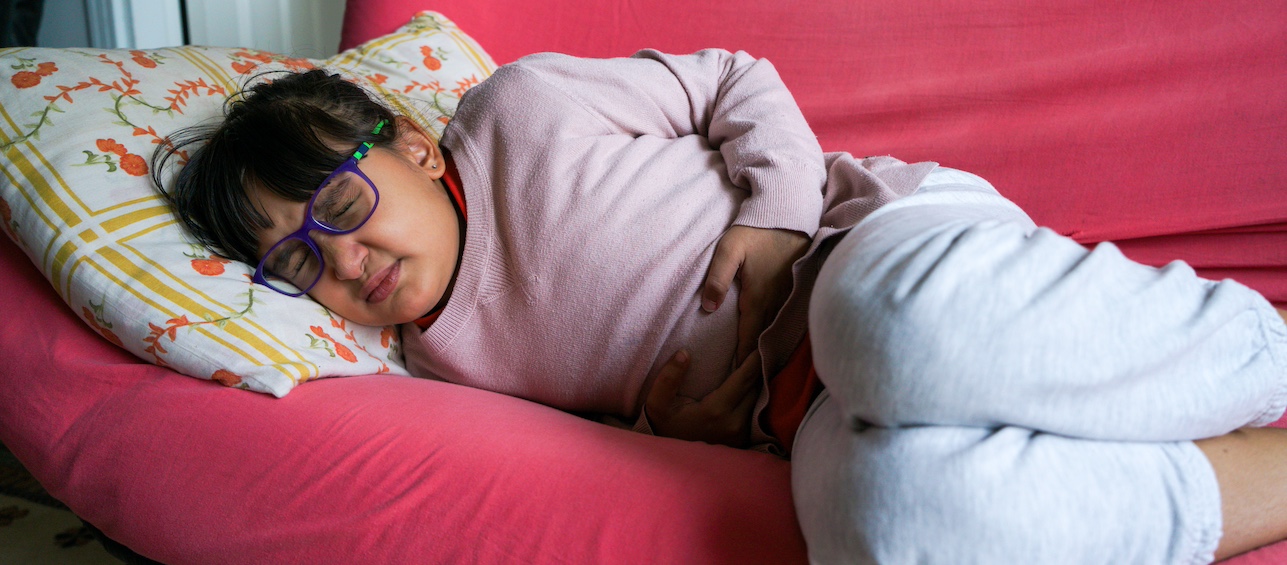It made the news in Cincinnati when the state of Ohio’s Third Frontier program awarded a $2 million grant to Cincinnati Children’s to commercially develop new biomedical discoveries from the medical center.
Understandably, the grant didn’t generate much coverage outside of the city. Still, the potential significance of the grant extends well beyond Cincinnati’s borders, and those of Ohio.
In part, this is because the bulk of research at Cincinnati Children’s focuses on new diagnostics or treatment for pediatric disease. Promising new discoveries in the medical center’s laboratories don’t necessarily generate an abundance of enthusiasm (or financial support) from large pharmaceutical companies.
For one, the pediatric market typically is not considered large or lucrative enough, especially compared to the burgeoning market created by aging adults. Also, a good number of the most difficult pediatric ailments are considered to be rare, so-called orphan diseases. So, promising new therapies can go wanting, and so do the young patients who might benefit from them.
This requires innovative solutions to a long-standing challenge, and anyone knowing anything about Cincinnati Children’s understands the medical center loves to innovate.
To that end, the state funds go directly to helping the medical center’s Center for Technology Commercialization create small start-up companies to push ongoing development of new technologies. Part of this process includes attracting seed capital investments by going beyond a new technology’s target disease to identify other diseases the diagnostic or treatment might benefit – be they pediatric or otherwise.
This exercise, among others, enhances the potential for successful commercial development and an expansion of high technology jobs for the Greater Cincinnati region. The primary goal for the medical center, however, is creating an effective development pipeline that transitions promising new diagnostics or treatments from laboratories to patient care more rapidly.
At the end of the day, the effort could improve health outcomes for millions of children who one day will be adults. Healthier kids tend to make for healthier adults, and that could mean a better outcome for everyone involved.





Has the CTC considered forming ventures for these orphan therapies as “low profit” LLCs called L3Cs? This relatively new form of LLC allows funds from non-profit charities to be mixed with private investment and venture capital. The non-profit contributions can develop the IP far enough and prove the market potential that the reduced risk may be acceptable to investors.